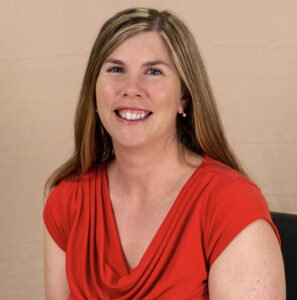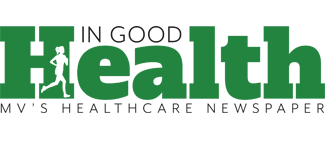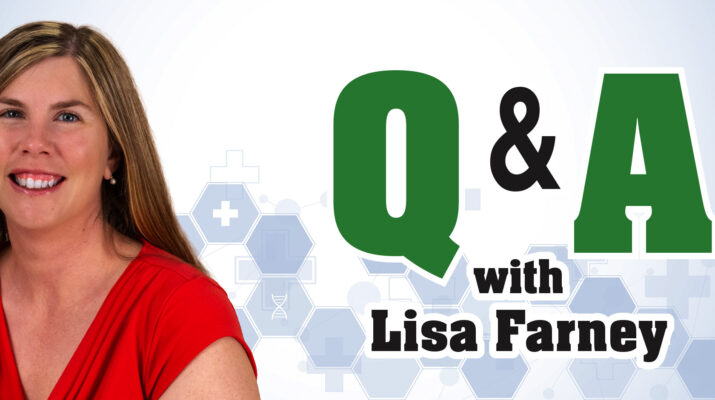Youth development team leader for Cornell Cooperative Extension of Oneida County talks about the Oneida County 4-H program
By David L. Podos
 The term 4-H stands for head, heart, hands and health.
The term 4-H stands for head, heart, hands and health.
This acronym is central to the 4-H pledge, which emphasizes the development of clear thinking, loyalty, service and better living for individuals and their communities.
Lisa Farney, the 4-H youth development team leader for Cornell Cooperative Extension of Oneida County, talks about the local program and how it helps the community.
Q: How long have you had the position of team leader?
A: For about nine years, and prior to that I was a 4-H volunteer, and even prior to that I was a 4-H member right here in Oneida County.
Q: So, what got you involved in 4-H?
A: When my mother was growing up she was in 4-H out in Oregon state. When my family moved here my mother was looking around for a fun activity for her 8-year-old daughter at the time, which was me. She came across a 4-H club that was right down the road from our house and I joined. That club was the Westernville Homemakers 4-H club with the longest 4-H leader at that time, Alberta Shellenberg; she was a 4-H volunteer leader for more than 75 years.
Q: Did you and your family grow up on farm?
A: No, but I loved animals as a child and once I learned about 4-H I found out that they had a horse program. I love horses. So, I begged to take riding lessons and that led me to get my own horse later on and today I still love to ride horses.
Q: When someone mentions Cornell I think most people know it is a world-renowned university. However, many people may not know what the connection Cornell has with 4-H. Can you please explain that?
A: Sure, so 4-H is the largest youth development organization in the United States. 4-H is federally funded through land grant universities. So, a land grant university [in New York state’s case] is Cornell University. Other states for example might be Penn State University for Pennsylvania. We receive funding and support from Cornell. We also are able to use all of their research and education and all of their support to really create positive youth development opportunities and programs in each county in New York state.
Q: When I think of 4-H I think of youth involved in farming, our next generation of farmers. How much truth is there in that?
A: So, the truth is 4-H was founded in rural communities. And at one time there was more of a focus on animal science and future farmers involved in agriculture. That still is a very big part of 4-H. However, 4-H has broadened its reach beyond that. We now have a lot of STEM [science, technology, engineering, mathematics] programs, like robotics for example.
Q: How many 4-H organizations do we have in Oneida County?
A: Here in Oneida County, we have 17 4-H clubs, with a little more than 200 4-H members. The members are both male and female and range in ages from 5 to 18.
Q: Talk a bit about the health benefits that your members receive from being in 4-H.
A: Well, the beautiful thing about 4-H is that it really instills the sense of community and camaraderie with the 4-H youth. While they may be coming together from different areas or different schools, their common interests are bringing them together and that is very powerful to give them the feeling that they are not alone. For instance, maybe they were the only person in their school who liked horses and nobody else did. It can make them feel like an outsider. But when you take these kids and put them into a situation where other kids have shared interests, they are allowed to be themselves. It really does wonders for their mental health. It gives them a feeling of connectiveness.
Q: Does 4-H work with students in the school system?
A: Yes, we do. We have a school enrichment program that goes into the schools and teaches lessons to the students. We have our egg and dairy in the classroom educators here. They go and visit students from K through 12th grade in Oneida County. Our educators are teaching these kids all about agriculture, not just careers and technology, but where does your food come from and making healthy choices when it comes to food.
Q: Do you ever hear back from former members who might share how being a 4-H member contributed to helping them?
A: Actually, I always have people reaching back out to me or I run into them in the community. They all talk so fondly about their 4-H memories and experiences. I have some kids from when I started that they were close to aging out of the program. So, here we are almost 10 years later and they have completed college and are ready to contribute what they have learned to the communities where they live. Also, I am so proud to say that many former 4- H members contact us and want to become volunteers to help other members.
To contact Cornell Cooperative Extension regarding the 4-H program call Farney at 315-736-3394. Website: nys4-h.org

